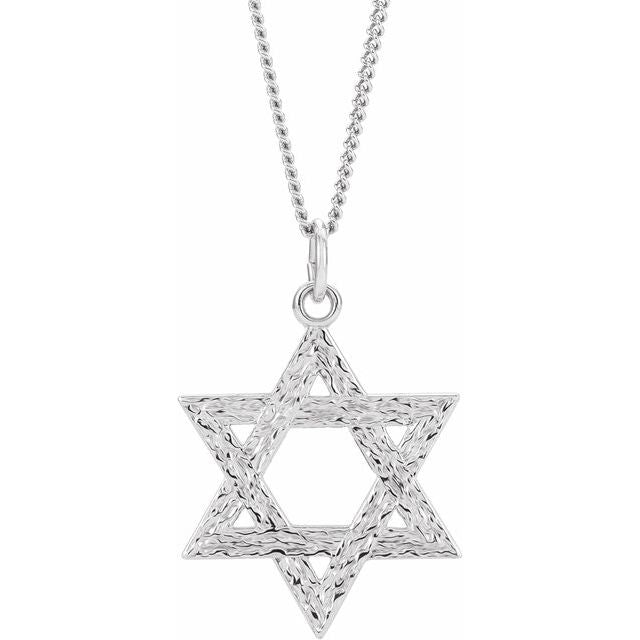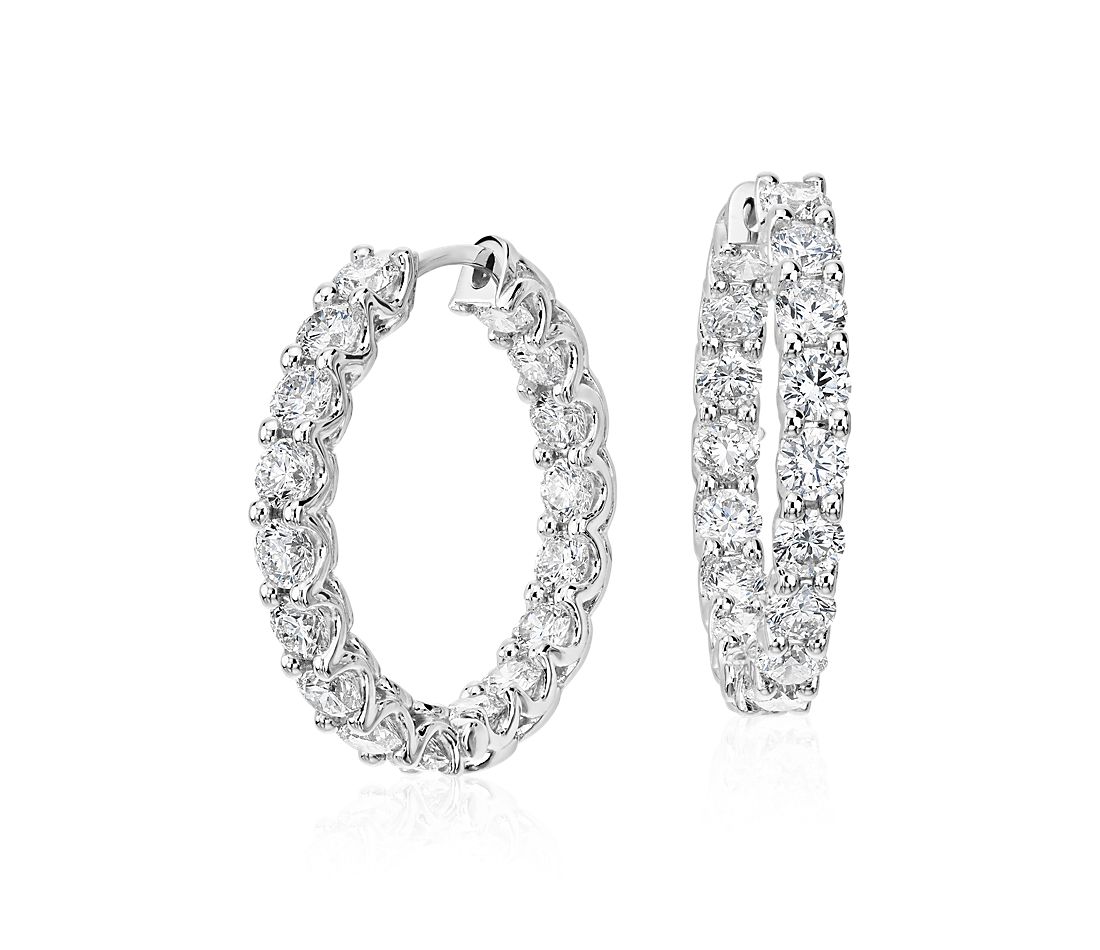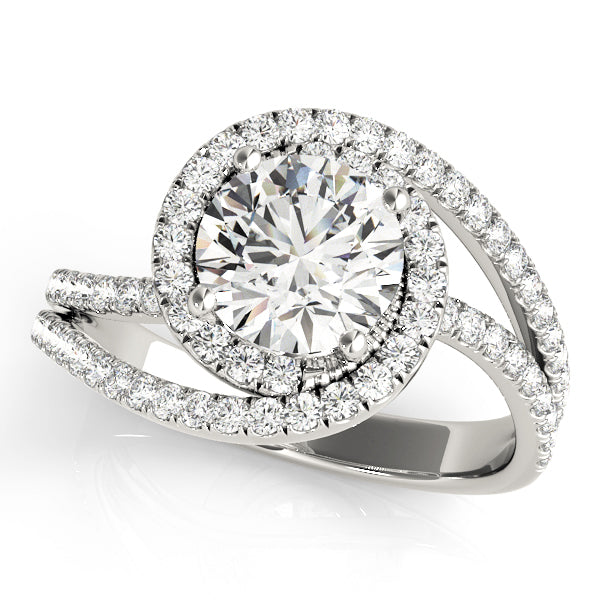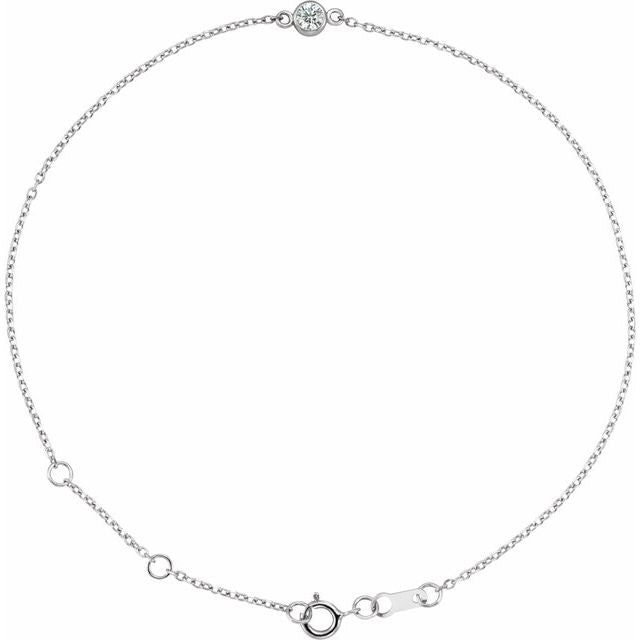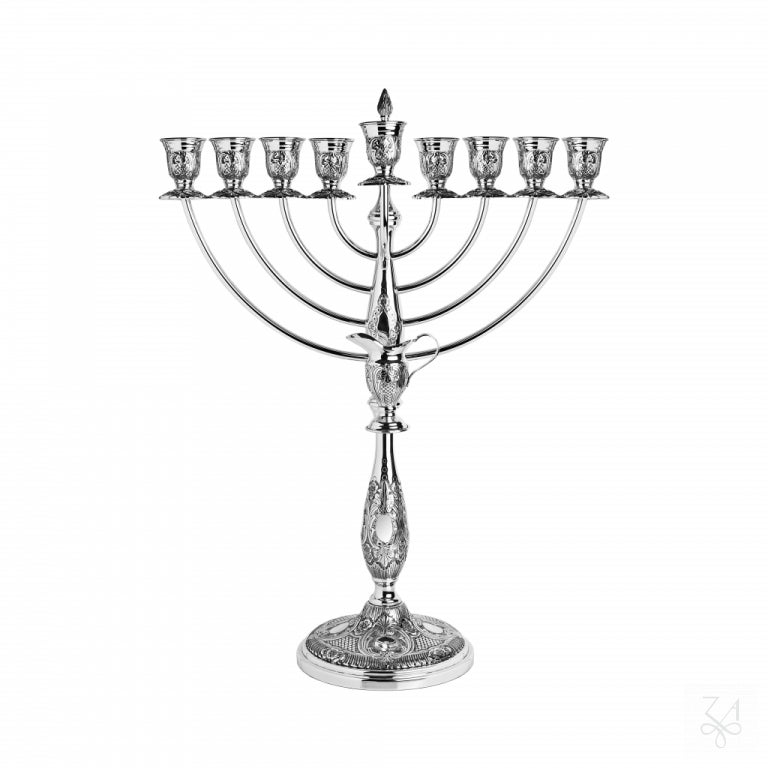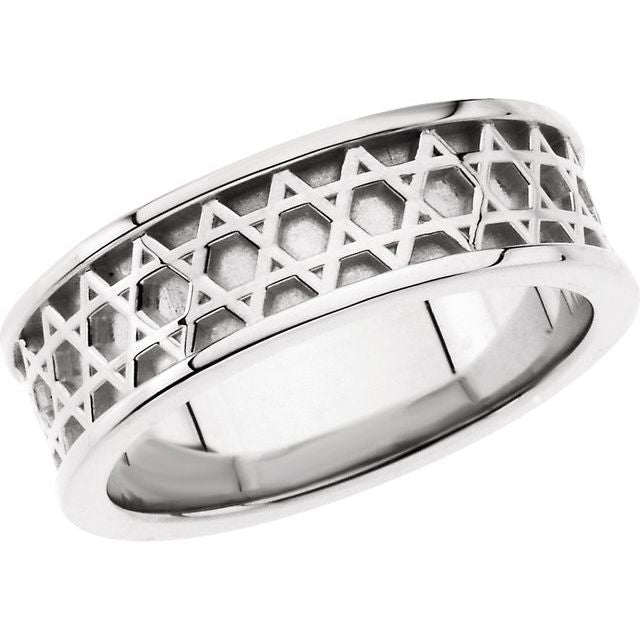Introduction
Silver jewelry has adorned human bodies for over 6,000 years, dating back to ancient civilizations in Mesopotamia and Egypt. Today, the global silver jewelry market continues to flourish, with a valuation of $21.1 billion in 2022 and projected growth to reach $28.5 billion by 2028, according to a recent market analysis report by Grand View Research.
Whether you're a seasoned collector or a first-time buyer, navigating the world of silver jewelry can be overwhelming. From understanding different types of silver to selecting pieces that complement your personal style, this comprehensive guide will help you make informed decisions when investing in silver jewelry that you'll cherish for years to come.
Understanding Different Types of Silver
Before diving into style considerations, it's essential to understand what you're actually buying. Not all "silver jewelry" is created equal, and knowing the differences can save you from disappointment and poor investments.
Sterling Silver
The most common type of silver used in jewelry is sterling silver, which consists of 92.5% pure silver and 7.5% other metals (usually copper). This alloy, denoted by the stamp "925," strikes an ideal balance between silver's natural beauty and the durability needed for everyday wear.
According to the Silver Institute, sterling silver remains the gold standard (pun intended) for silver jewelry, accounting for approximately 78% of all silver jewelry sold worldwide.
Fine Silver
Fine silver (99.9% pure silver) is softer and more lustrous than sterling silver but too soft for most jewelry applications. You'll occasionally find fine silver in simple designs or specialty pieces, but its malleability makes it impractical for everyday jewelry with intricate details or stones.
Silver-Plated Jewelry
Silver-plated pieces feature a thin layer of silver applied over a base metal. While more affordable, this plating eventually wears off, revealing the underlying metal. A recent consumer survey by Jewelry Consumer Opinion Council found that 64% of silver-plated jewelry owners reported visible wear within one year of regular use.
Argentium Silver
A modern alternative to traditional sterling, Argentium silver contains a small amount of germanium, making it more tarnish-resistant and hypoallergenic than conventional sterling silver. Despite its superior properties, it represents only about 5% of the silver jewelry market, primarily due to higher production costs.
German Silver or Nickel Silver
Despite its name, this alloy contains no actual silver—just a mixture of nickel, zinc, and copper with a silvery appearance. Always check product descriptions carefully to avoid mistaking these less expensive alternatives for genuine silver.
Evaluating Quality and Craftsmanship
Hallmarks and Authentication
Quality silver jewelry typically bears hallmarks—tiny stamps indicating metal content and sometimes the manufacturer or country of origin. The most common hallmarks include:
-
925 (Sterling silver)
-
958 (Britannia silver)
-
999 or 9999 (Fine silver)
-
800 (80% silver content, common in antique European pieces)
A 2021 study published in the Journal of Consumer Protection found that approximately 15% of silver jewelry sold online lacks proper hallmarking, highlighting the importance of purchasing from reputable sources.
Weight and Solidity
Quality silver jewelry has a substantial feel. Hollow or extremely lightweight pieces often indicate lower quality or minimal silver content. Pick up the piece—does it feel solid and well-made, or flimsy and prone to bending?
Finishing Details
Examine how clasps, links, and settings are constructed. Fine jewelry features smooth edges, consistent textures, and secure settings. Joints should be soldered seamlessly, and moving parts should operate smoothly without catching.
Craftsmanship Indicators
-
Even polishing with a consistent luster
-
Symmetrical design elements
-
Reinforced stress points
-
Secure stone settings with even prongs
-
Smooth operation of clasps and hinges
Selecting Silver Jewelry for Your Skin Tone
Silver jewelry can complement any skin tone when chosen thoughtfully. Understanding your undertones helps determine which silver finishes will look most flattering.
Cool Undertones
If you have blue or purple veins, look great in jewel tones, and burn easily in the sun, you likely have cool undertones. According to color psychology research from the Fashion Institute of Design & Merchandising, people with cool undertones typically look best in:
-
Bright, highly polished silver
-
Silver with blue stones like sapphire, aquamarine, or turquoise
-
Platinum-toned or rhodium-plated silver
Warm Undertones
If you have green or olive veins, look great in earth tones, and tan easily, you likely have warm undertones. For this skin tone:
-
Slightly oxidized or antiqued silver creates appealing contrast
-
Silver combined with warm-toned stones like amber, garnet, or citrine
-
Mixed metal pieces incorporating gold elements
Neutral Undertones
If you can wear both gold and silver equally well and have a mix of warm and cool characteristics, you have neutral undertones. Lucky you—most silver tones will complement your skin. Experiment with:
-
Both bright and oxidized finishes
-
Combinations of metals
-
The full spectrum of gemstone colors
A consumer preference study by the Silver Promotion Service found that 72% of jewelry shoppers make purchasing decisions based on how metal colors look against their skin, underscoring the importance of this consideration.
Matching Silver Jewelry to Your Personal Style
Minimalist Style
For those who prefer clean lines and understated elegance:
-
Simple silver bands or stacking rings
-
Small stud earrings or thin hoops
-
Delicate chains with small pendants
-
Geometric shapes and architectural designs
-
Brushed or matte finishes
Bohemian/Artistic Style
For free spirits who embrace eclectic, nature-inspired looks:
-
Chunky silver pieces with organic textures
-
Jewelry incorporating turquoise, labradorite, or moonstone
-
Handcrafted artisan pieces with irregular details
-
Oxidized or antiqued finishes
-
Nature motifs like leaves, feathers, or animals
Classic/Traditional Style
For timeless elegance that never goes out of fashion:
-
Pearl and silver combinations
-
Polished silver with simple settings
-
Traditional motifs like knots, chains, or simple florals
-
Well-proportioned hoops and tennis bracelets
-
High-quality sterling pieces from established brands
Contemporary/Fashion-Forward Style
For those who follow current trends:
-
Bold, sculptural pieces
-
Mixed metals and innovative materials
-
Asymmetrical designs
-
Statement pieces that create conversation
-
Limited edition or designer collaborations
Professional/Office Style
For workplace-appropriate sophistication:
-
Subtle silver earrings and necklaces
-
Simple bracelets that don't distract
-
Quality pieces with a refined finish
-
Understated elegance that projects competence
-
Minimal movement or noise during wear
Silver Jewelry for Different Occasions
Everyday Wear
For jewelry that withstands daily activities:
-
Sturdy construction with reinforced joints
-
Comfort-fit designs that don't catch or snag
-
Secure clasps and backings
-
Tarnish-resistant finishes or treatments
-
Simple designs that coordinate with various outfits
According to a 2022 consumer behavior study, 68% of silver jewelry owners wear their favorite pieces at least three times per week, making durability a key consideration.
Special Occasions
For memorable events and celebrations:
-
Statement pieces with more intricate details
-
Larger or more numerous gemstones
-
More delicate constructions that might not withstand daily wear
-
Pieces that complement specific outfits or themes
-
Higher polish and more eye-catching designs
Seasonal Considerations
Adapt your silver jewelry choices to the season:
Summer:
-
Lighter pieces that won't feel uncomfortable in heat
-
Brighter finishes that complement summer clothing
-
Nature-inspired motifs
-
Pieces that won't tarnish from increased sweat and sunscreen
Winter:
-
Chunkier pieces that balance heavier clothing
-
Darker oxidized finishes that complement winter palettes
-
Snowflake or seasonal motifs
-
Pieces that won't catch on knitted fabrics
Silver Jewelry Care and Maintenance
Preventing Tarnish
Silver naturally tarnishes when exposed to air, certain chemicals, and moisture. To minimize tarnish:
-
Store pieces in anti-tarnish bags or cloth
-
Keep jewelry in low-humidity environments
-
Remove before swimming, bathing, or using household chemicals
-
Wear regularly—the natural oils in your skin help prevent tarnish
A study published in the International Journal of Conservation Science found that silver jewelry stored in anti-tarnish bags experienced 87% less darkening over a six-month period compared to unprotected pieces.
Cleaning Methods
Different cleaning approaches for different situations:
Light Tarnish:
-
Warm water with mild dish soap
-
Soft toothbrush for textured areas
-
Thorough rinsing and drying
Moderate Tarnish:
-
Commercial silver cleaners (follow instructions carefully)
-
Silver polishing cloths
-
Baking soda paste for textured areas
Heavy Tarnish:
-
Aluminum foil lined bowl
-
Hot water with baking soda and salt
-
Immerse silver pieces for several minutes
For Pieces with Gemstones:
-
Avoid chemical cleaners
-
Use only mild soap and water
-
Dry thoroughly and gently
Professional Maintenance
Consider professional care for:
-
Valuable or antique pieces
-
Items with complex settings
-
Deep cleaning once or twice yearly
-
Checking and tightening stone settings
-
Repairing clasps or damaged components
According to the Professional Jewelers Guild, regular professional maintenance can extend the life of fine silver jewelry by up to 60%.
Investment Value of Silver Jewelry
Silver as a Commodity
While primarily purchased for adornment, silver jewelry does have intrinsic value. The spot price of silver has fluctuated between $12 and $30 per ounce over the past decade. However, the actual silver content in jewelry typically represents only 20-30% of the retail price, with design, craftsmanship, and branding comprising the remainder.
Collectible and Designer Pieces
Certain categories of silver jewelry appreciate beyond their metal value:
-
Signed pieces from renowned designers or houses
-
Limited edition collections
-
Historical or vintage pieces with provenance
-
Pieces featuring rare or unusual gemstones
-
Exceptional artistic or technical merit
A 2023 analysis by Knight Frank Luxury Investment Index found that designer silver jewelry has appreciated approximately 4-6% annually over the past decade, outperforming many traditional investment vehicles.
Making Investment-Minded Purchases
If investment potential matters to you:
-
Focus on craftsmanship over fashion trends
-
Purchase from established designers with resale track records
-
Keep all packaging, certificates, and receipts
-
Maintain pieces in excellent condition
-
Consider provenance and uniqueness
Ethical and Sustainable Silver Jewelry
Environmental Considerations
The silver mining industry has historically been associated with significant environmental impacts. A 2020 environmental impact study found that conventional silver mining generates approximately 5-7 tons of waste for every ounce of silver produced.
Environmentally conscious alternatives include:
-
Recycled silver jewelry (reduces mining demand)
-
Pieces from companies with transparent sourcing
-
Artisanal mining operations with environmental certifications
-
Vintage or second-hand pieces (zero new environmental impact)
Ethical Sourcing
Ethical considerations when purchasing silver jewelry:
-
Fair labor practices throughout the supply chain
-
Conflict-free sourcing certifications
-
Transparency about origin and manufacturing
-
Support for artisan communities and traditional techniques
-
Fair compensation for craftspeople
According to a recent Nielsen Global Corporate Sustainability Report, 73% of millennials are willing to pay more for sustainable products, including jewelry, reflecting growing consumer awareness.
Certifications to Look For
-
Fairmined Certification
-
Responsible Jewellery Council (RJC) Certification
-
B Corporation Certification
-
Alliance for Responsible Mining (ARM) standards
-
Specific company sustainability reports and initiatives
Conclusion
Choosing the right silver jewelry is a multi-faceted process that balances aesthetic preferences, practical considerations, and increasingly, ethical values. By understanding the different types of silver, recognizing quality craftsmanship, considering your personal style, and knowing how to properly care for your pieces, you can build a collection that brings you joy for years to come.
Whether you're drawn to silver jewelry for its versatility, its affordability compared to other precious metals, or simply its luminous beauty, the perfect piece is out there waiting for you. Armed with the knowledge from this guide, you're now prepared to make confident, informed decisions about your silver jewelry purchases.



